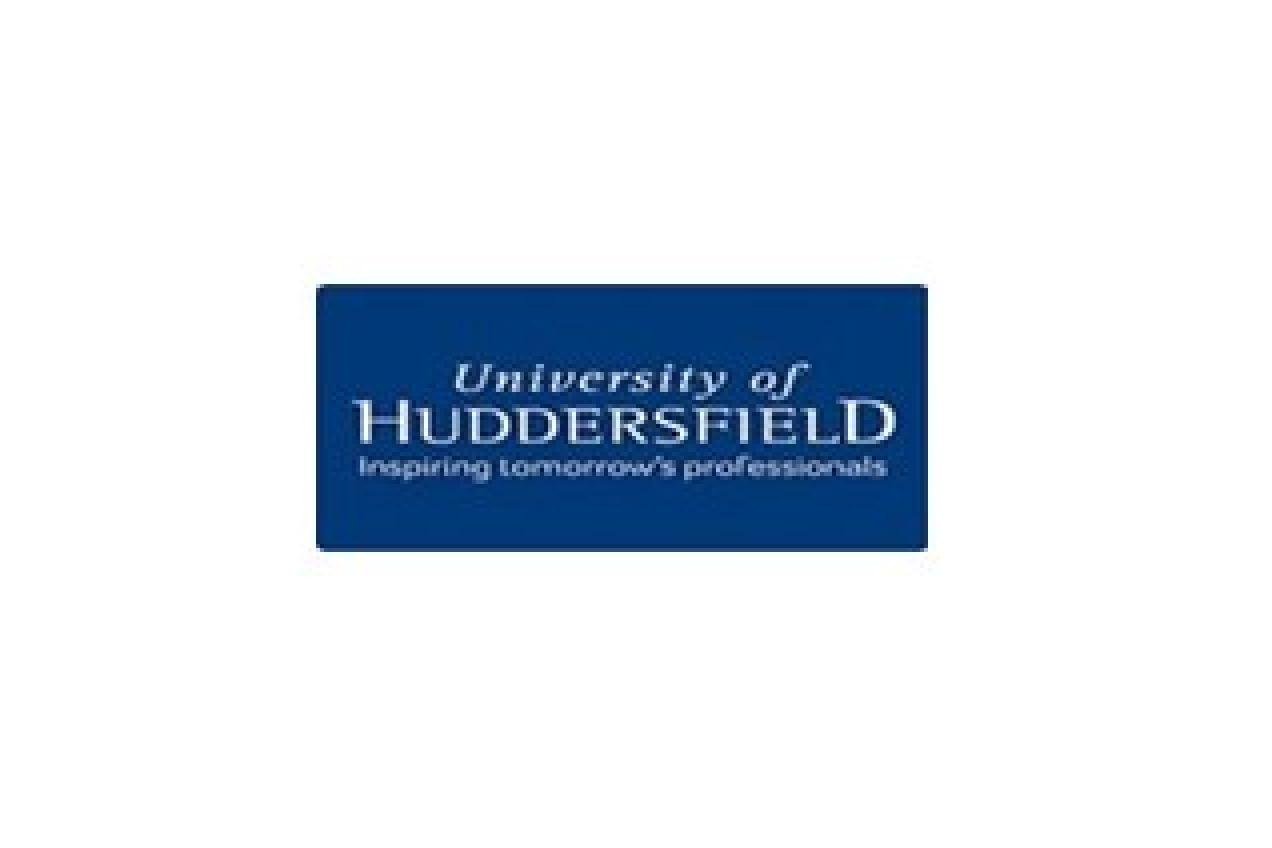P19 - University of Huddersfield (UoH) | United Kingdom
Key contact persons: Prof. Vladimir Vishnyakov, Prof. Jonathan Hinks, Prof. Stephen E. Donnelly

The University of Huddersfield, UoH, has significant activity in materials, with several research institutes and with more than 200 academics working in a field that covers areas from catalysts to healthcare and from functional engineering materials to biosensors. UoH works actively with the industry and runs the 3M Buckley Innovation Centre (https://3mbic.com). The University has a dedicated team to support administration of national and international collaborative research projects and is also developing a five-year research strategy that is used to inform decisions on investment in facilities and staff. This approach focuses on areas of strategic research importance of which Advanced Materials, Railway Engineering, Turbocharger Engineering and Precision Metrology are central to the University’s growth plans. In the last five years, UoH has itself invested more than 5 M£ in the expansion of the Materials & Engineering areas and received an additional 20 M£ from industry and research funding bodies for material research and engineering-related projects.
In 2011, Prof. S. Donnelly set up the Electron Microscopy and Materials Analysis group (EMMA) around the use of electron microscopy to study the interaction of energetic particles (i.e., ion beams) with matter (https://research.hud.ac.uk/institutes-centres/emma). With relevance to materials for space, the semiconductor industry, and particularly to the nuclear industry, this research informs decisions regarding the materials used in the next generation fission & fusion reactors, as well as in waste encapsulation and storage. The group also has a Functional Materials Laboratory, managed by Prof. V. Vishnyakov; this lab specializes in thin film coatings for extreme environments and material analysis. Lately, the laboratory acquired a capability to synthesize high-temperature bulk ceramics.
Within IL TROVATORE, UoH will combine its in-house expertise with relevant academic/industrial information that can enable the comparison of ion, proton and neutron irradiation effects, and also address the challenges associated with the post-irradiation examination (PIE) of different materials. UoH will also produce best-practise guidelines on the use of ion/proton irradiation to simulate neutron-induced damage in materials at the end of the project. The EMMA group will also use its expertise and material synthesis capabilities to help partners in the project. The group will conduct in situ irradiation of very thin cross-sectional samples in the TEM, an activity that allows the live observation of radiation-induced damage evolution (WP6). The samples will be irradiated in the MIAMI-1&2 facilities (https://research.hud.ac.uk/institutes-centres/emma/miamifacilities) by various ions, at different energy levels, and as function of temperature (≤ 1300°C).
